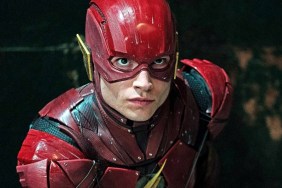 Rating:
Rating:
9/10
Cast:
Henry Cavill … Superman / Clark Kent
Gal Gadot … Wonder Woman / Diana Prince
Ben Affleck … Batman / Bruce Wayne
Amy Adams … Lois Lane
Amber Heard … Mera
Jared Leto … The Joker
Connie Nielsen … Queen Hippolyta
Robin Wright … Antiope
Jason Momoa … Aquaman / Arthur Curry
Ciarán Hinds … Steppenwolf
Diane Lane … Martha Kent
Ezra Miller … The Flash / Barry Allen
Joe Manganiello … Deathstroke
Willem Dafoe … Nuidis Vulko
J.K. Simmons … Commissioner Gordon
Jeremy Irons … Alfred Pennyworth
Jesse Eisenberg … Lex Luthor
Screenplay by Chris Terrio
Directed by Zack Snyder
RELATED: First Zack Snyder’s Justice League Reactions Praise it as Epic
Zack Snyders Justice League Review
Zack Snyder’s Justice League will go down as one of the better Hollywood fairy tales of the modern age. A great many articles have already been written about its tumultuous production, including the Joss Whedon reshoots that turned the Batman v Superman: Dawn of Justice follow up into something akin to Frankenstein’s monster — a weird amalgamation of Snyder’s darker sensibilities and Marvel’s goofy, on-the-nose humor. The theatrical cut of Justice League all but abandoned Snyder’s deeper exploration of the superhero myth in favor of a cookie cutter production that merely teased fans with the endless possibilities of Snyder’s vision; and, worse, failed to deliver a single memorable moment outside of Henry Cavill’s much publicized fake upper lip.
And yet, out of the ashes of that film’s abysmal failure rose a legion of Snyder fans who clamored for the director’s true vision to see the light of day. [In Galadriel voice] History became legend and legend became myth and for three and a half years the Snyder Cut movement grew until, when chance came, it convinced Warner Bros. to drop upwards of $70-90 million for Snyder to complete his grand design. [End Galadriel’s voice] All this to say that Zack Snyder’s Justice League has achieved mythical status — a film resurrected almost entirely out of fan support and the tireless devotion of its creator.
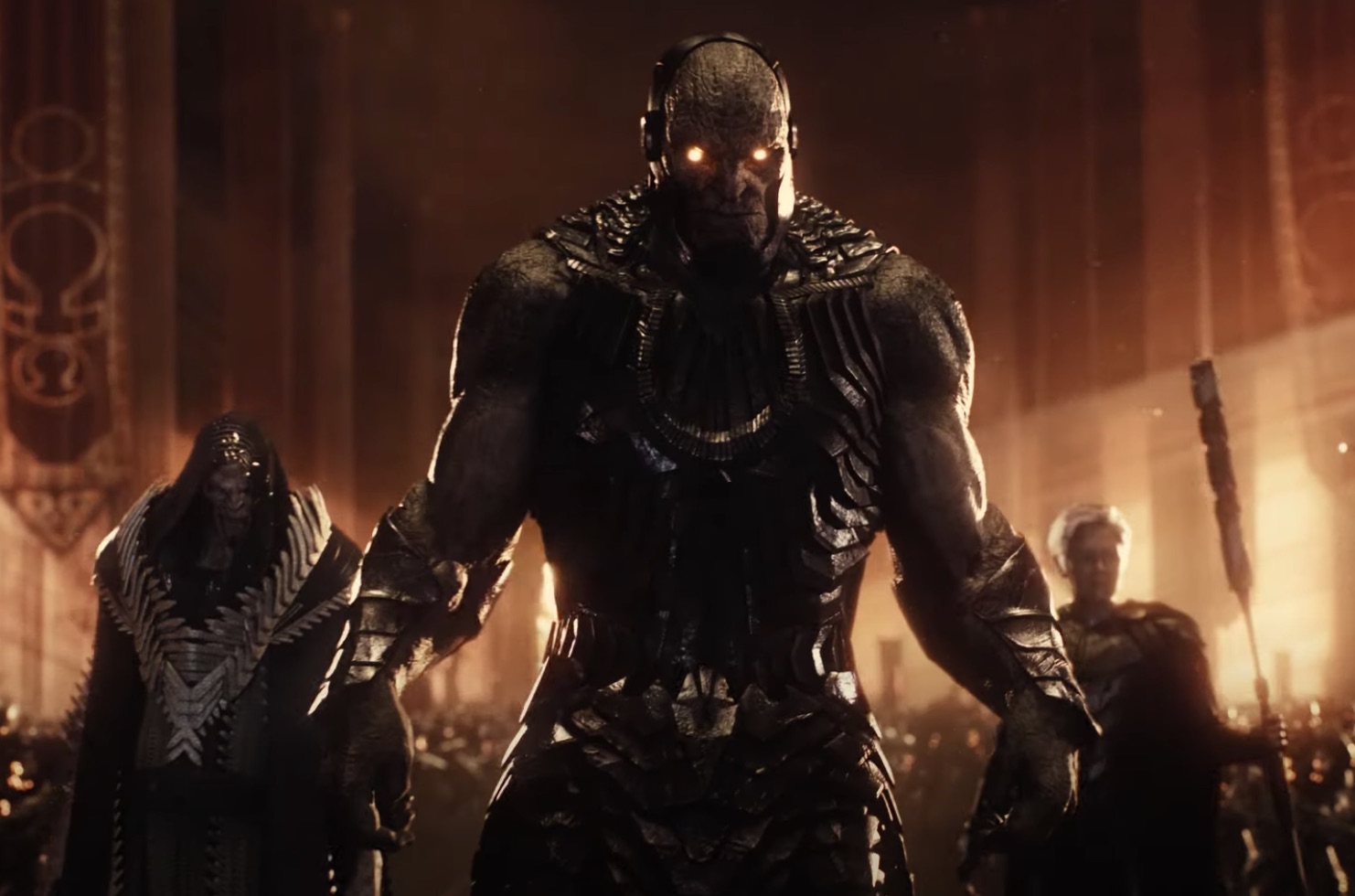 But is it any good?
But is it any good?
Thank the film gods, the answer to that question is an exuberant, “Hell yeah!” Zack Snyder’s Justice League is a rousing, crowd-pleasing, Lord of the Rings-sized epic packed with humor, character and heart. Even at a whopping four hours, the film doesn’t feel long enough as it leaps from one set piece to the next with all the confidence of a black-suited Superman blasting the holy bejesus out of Steppenwolf with his laser eyes. Where Man of Steel and BvS at times struggled to blend tangible themes with kick ass superhero action, Justice League strikes the perfect balance between Snyder’s darker aesthetic and Super Friends-styled high adventure. Indeed, despite a few needless F-bombs and a couple of instances of CGI gore, Justice League is very much a family-friendly superhero flick that will delight (and hopefully unite) audiences, comic book aficionados and fans of Snyder’s previous work. The film also stands as a strong example of how minute details can drastically alter a production.
Look, as many will say, Zack Snyder’s Justice League follows the same basic plot outline of 2017’s Justice League. Steppenwolf, a minion of Darkseid, shows up to collect three Mother Boxes from the Amazons, Atlanteans and men, all of whom leave their box easily accessible to intruders — the men bury it about six feet underground where, we learn, it was later discovered by Nazis, of all people — because the plot would stall if they did the smart thing and hid it below 30 miles of metal surrounded by laser fencing or some sort of radical technology. Anyways, it’s up to Batman, Wonder Woman, Flash, Cyborg and Aquaman to stop Steppenwolf from finding and synchronizing the Mother Boxes, which would effectively eliminate all life on Earth.
That’s the gist of it. Yet, Snyder’s cut adds more motivation to Steppenwolf, here banished from his home planet and forced into servitude by his nephew Darkseid; and our heroes are given deeper backstories — Aquaman is a king shrinking from responsibility, Wonder Woman remains on the fence about helping humanity, Batman seeks to correct the errors made in BvS that ultimately led to Superman’s death, Flash longs to help his imprisoned father and find his place in the world, and Cyborg must adapt to his new life as a machine and forgive his absentee father for the role he played in his mother’s death. Some of this stuff existed in the theatrical cut but was either truncated, re-edited or spliced with poorly timed jokes that lessened the emotional impact. In the new version, the stakes feel heavier because the characters are fleshed out and handled with greater care. Yeah, there are funny moments, but they don’t come at the expense of the scene; and instead feel perfectly in synch with the situation.
Action sequences, such as a thrilling tunnel battle between the heroes and Steppenwolf, and a breathtaking game of keep away on Themyscira, are more fluid thanks to a consistent tone, stronger editing and Tom Holkenborg’s adrenaline-pumping, rock-heavy score. Comparisons to Lord of the Rings are apt as Snyder, like Peter Jackson, never allows the spectacle to overpower the characters. When people die, the story takes time to linger on their sacrifice; and by the climatic finale, motivations are clearer, the super heroic actions greater as a result.
Perhaps a stronger comparison is Ridley Scott’s Kingdom of Heaven. The theatrical release of that film had plenty of visual spectacle and featured fine performances but lacked an emotional core. The extended version, or director’s cut, added an additional hour of footage, including extended scenes, small character beats and important subplots that fleshed out the narrative, improved characters and added stronger thematic material. The result wasn’t just an extension of what we already saw, but an entirely new experience and a much better film.
Make no mistake, Zack Snyder’s Justice League is a completely new dish, even if the ingredients are familiar. Comparing Snyder’s version to the theatrical cut will be a fascinating exercise in the years to come for us film nerds who care about that sort of thing. Indeed, it is interesting how a simple edit or additional shot, piece of dialogue or score can significantly alter the tone and pacing of an entire sequence.
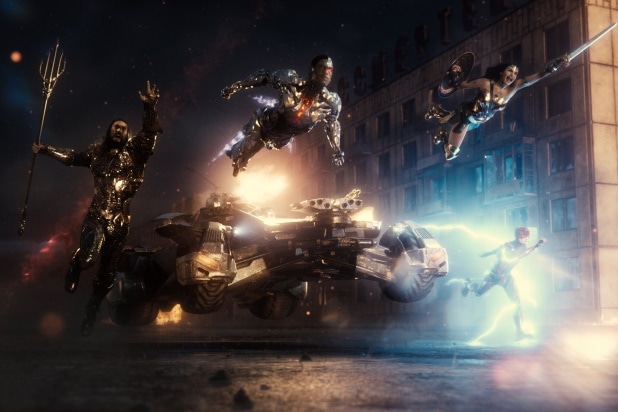 That said, there are some clunkier elements to the proceedings. Superman’s shirtless return still feels a tad underwhelming. There are also a handful of scenes, such as a brief interlude with Aquaman and Flash in which they discuss Cyborg’s mental state, that feel like deleted scenes. Sure, they’re nice to see, but they’re not entirely necessary. Also, the midsection gets a tad derivative as the film falls into a pattern that seems to repeat itself — Steppenwolf attacks, a battle ensues, Steppenwolf escapes, our heroes gather to talk next steps, Steppenwolf speaks to his masters, rinse and repeat. Finally, there’s also about three different endings with conflicting styles that don’t quite gel. And yeah, the Knightmare bit does feel tacked on — but it’s still fucking awesome.
That said, there are some clunkier elements to the proceedings. Superman’s shirtless return still feels a tad underwhelming. There are also a handful of scenes, such as a brief interlude with Aquaman and Flash in which they discuss Cyborg’s mental state, that feel like deleted scenes. Sure, they’re nice to see, but they’re not entirely necessary. Also, the midsection gets a tad derivative as the film falls into a pattern that seems to repeat itself — Steppenwolf attacks, a battle ensues, Steppenwolf escapes, our heroes gather to talk next steps, Steppenwolf speaks to his masters, rinse and repeat. Finally, there’s also about three different endings with conflicting styles that don’t quite gel. And yeah, the Knightmare bit does feel tacked on — but it’s still fucking awesome.
Yet, for every minor nitpick there are a handful of truly breathtaking moments such as the much-touted bit when Barry Allen saves Iris West from certain death while “Song to the Siren” by Rose Betts plays over the soundtrack (he takes the time to steal a hotdog). A climatic sequence has Batman driving the Batmobile through a legion of parademons while the league offers support — the group even freeze-frames Avengers style in an awe-inspiring, why-the-hell-was-that-cut moment. Wonder Woman, no longer bereft of her sword, shield and guitar riff, returns to her bad ass roots and slices, dices and lassos her way through a number of incredible fight scenes. Even Mera, a supporting player in the Aquaman universe, goes toe to toe with Steppenwolf and (briefly) establishes her formidability in a unique way. Again, these small moments pack an enormous punch and transform a serviceable scene from the theatrical cut into something extraordinary and memorable.
Still, the greatest addition to Snyder’s cut is Ray Fisher’s expanded role. Cyborg’s evolution from angry, bitter machine to compassionate superhero now serves as Justice League’s backbone and the actor delivers a wonderful performance that is equal parts heartbreaking and magnetic. A Cyborg film/TV show would actually be pretty damned cool to see.
The remaining cast serve their parts well. Ben Affleck is back to form as the Dark Knight, Gal Gadot is heroic as ever as Wonder Woman; Ezra Miller, no longer serving merely as comic relief, enjoys some truly great moments as Flash; Jason Mamoa’s Aquaman is a fierce, hard hitting bad ass who drinks too much for a man with a six pack; and Henry Cavill’s Superman is both frighteningly powerful and delightfully corny all at once.
That’s the key to the film’s success: everyone gets a chance to shine. This is exciting, ambitious blockbuster filmmaking — an action-packed extravaganza that sets a new standard for superhero epics and stands as Zack Snyder’s best film to date. It’s also a Hollywood film with a fairy tale ending; and a truly powerful story about redemption.
Now, please, for the love of God, give us more.
RELATED: Zack Snyder’s Justice League Gets a Final Trailer
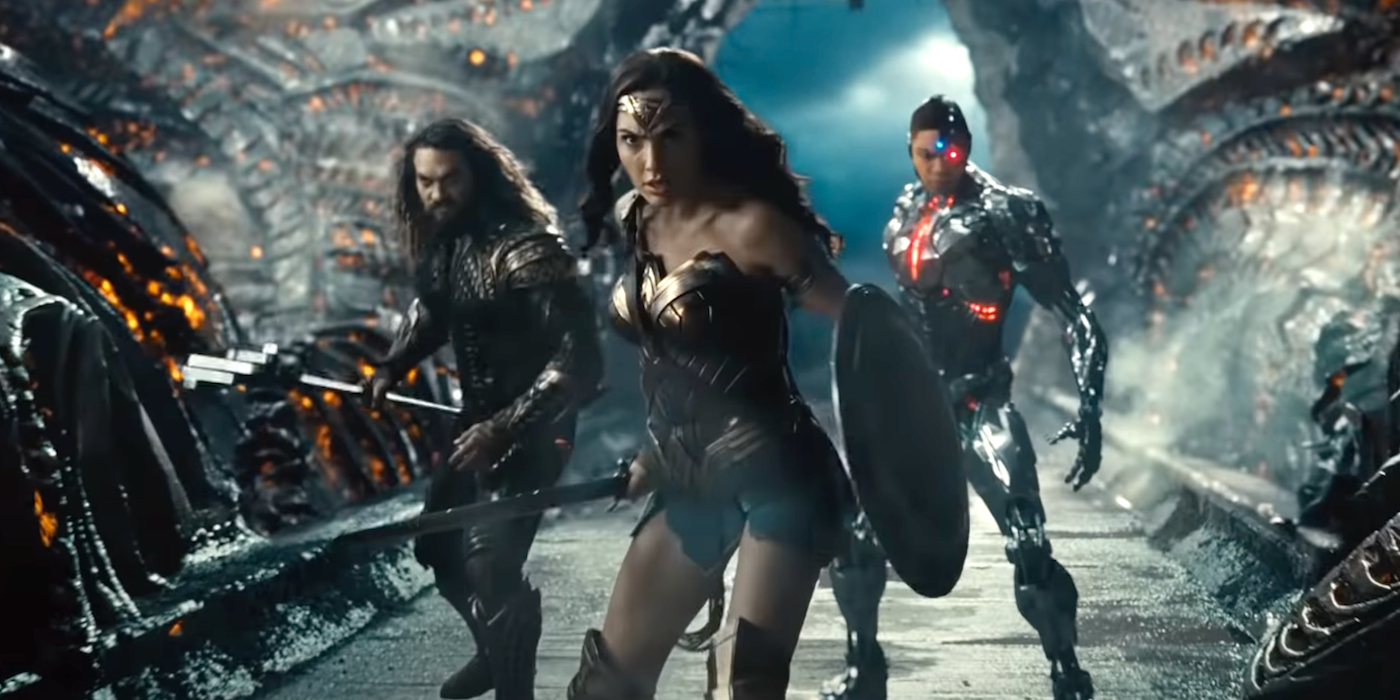 Additional notes:
Additional notes:
– The 1:33:1 aspect ratio wasn’t nearly as jarring as expected. It takes a little time to get used to, but the film looks grander as a result of the verticle format. WB needs to release this film on Imax.
– Another shoutout to Tom Holkenborg’s score. It’s genuinely awesome and adds so much more excitement to the film. This is definitely a soundtrack you’ll want to pick up.
– The big question: did this need to be four hours long? Fans will enjoy every additional moment, but casual moviegoers may balk at the length. Still, Snyder breaks the film into seven different parts, including the epilogue, thus providing stopping points for those who can’t handle the extended viewing experience. Truthfully, the length wasn’t cumbersome even on the second and third viewing (ha!). Snyder paces the film well.
– Did it need to be R? Nah. The only bit that felt even remotely close to R was the Knightmare sequence featuring Jared Leto’s Joker. Otherwise, there are a few F bombs, some CGI blood but nothing too intense for a 13-year old.
– Speaking of Leto: more of his Joker, please. The actor clearly relishes the role. And while his take is decidedly more cuckoo than Heath Ledger and Joaquin Phoenix, it actually stands in perfect contrast to Affleck’s grittier take on Batman.
– Can we also get more Deathstroke and Mera?
– Darkseid, Steppenwolf and Desaad make a formidable trio. It would be a shame to never see these villains again.
– There are a number of scenes people mocked in the theatrical cut that were indeed shot by Snyder. And yeah, you’ll probably snicker at a few, including Batman’s appearance during the Superman versus the league battle. These moments aren’t as terrible as they were before thanks to the score, color correction and sharper editing, but they’re still noticeable.
– Finally, a number of “jokes” are left out of this version. For example, the “I hear you can talk to fish” line is omitted as is a second scene featuring Commissioner Gordon where he tells Batman, “It’s nice to see you playing nice with others again.” Snyder has said that Geoff Johns and WB continually made him add more jokes to the film in order to lighten the mood. The irony, of course, is that Snyder was already making a light-hearted film. As it stands, Snyder’s cut is easily the strongest of the two versions released — an action packed marvel you’ll want to watch again and again.
Zack Snyder's Justice League
-
Zack Snyder's Justice League
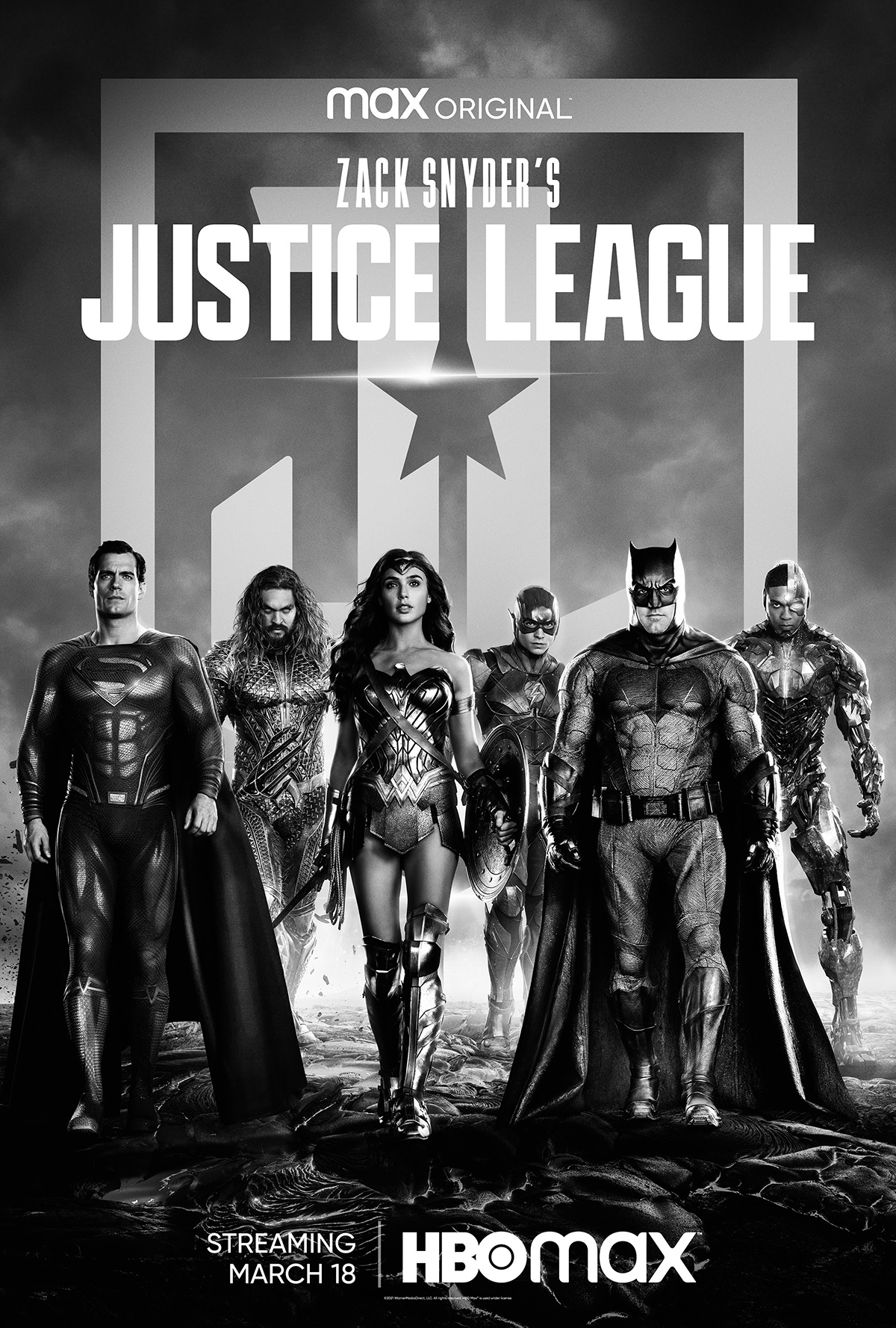
-
Zack Snyder's Justice League
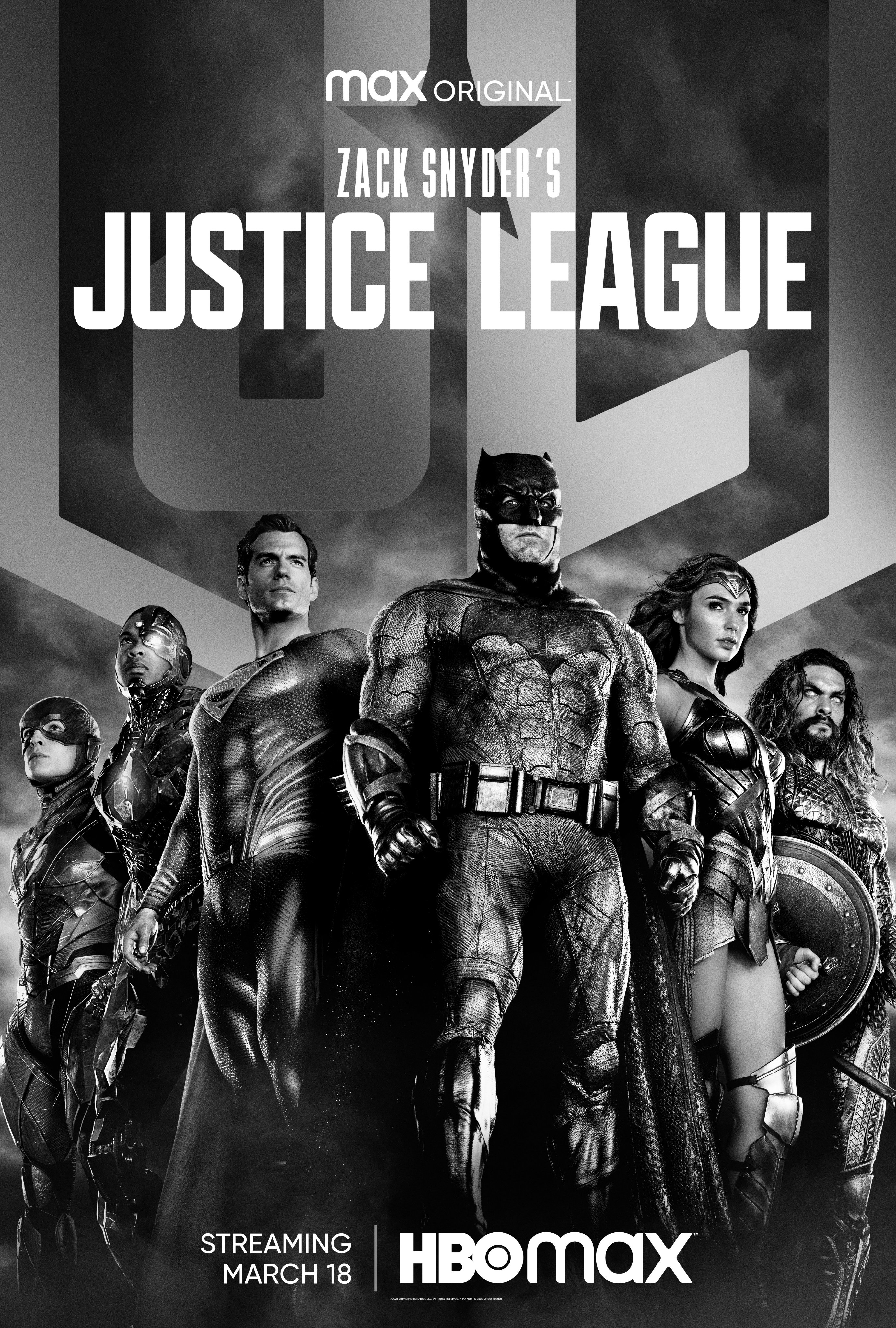
-
Zack Snyder's Justice League
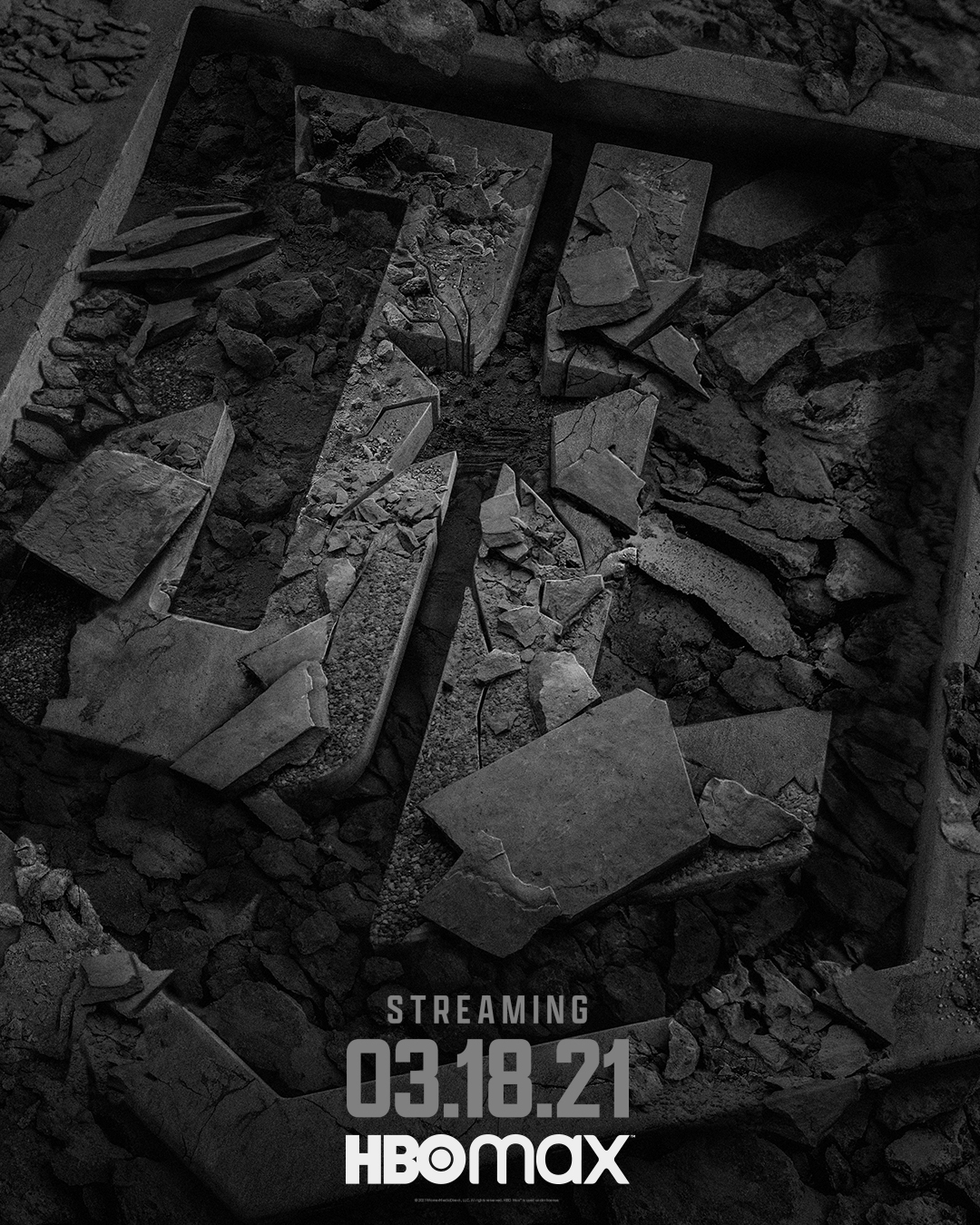
-
Zack Snyder's Justice League
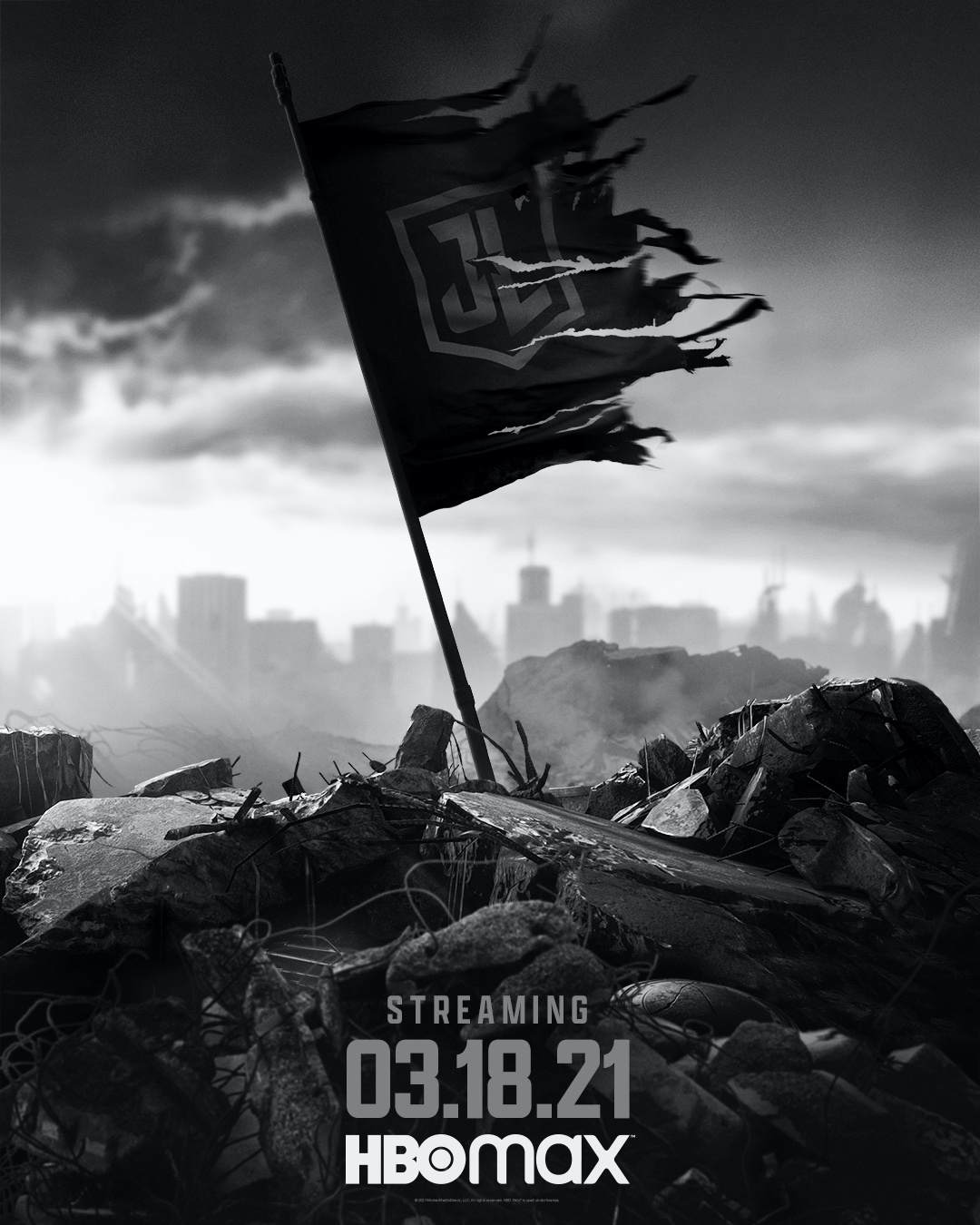
-
Zack Snyder's Justice League

-
Zack Snyder's Justice League
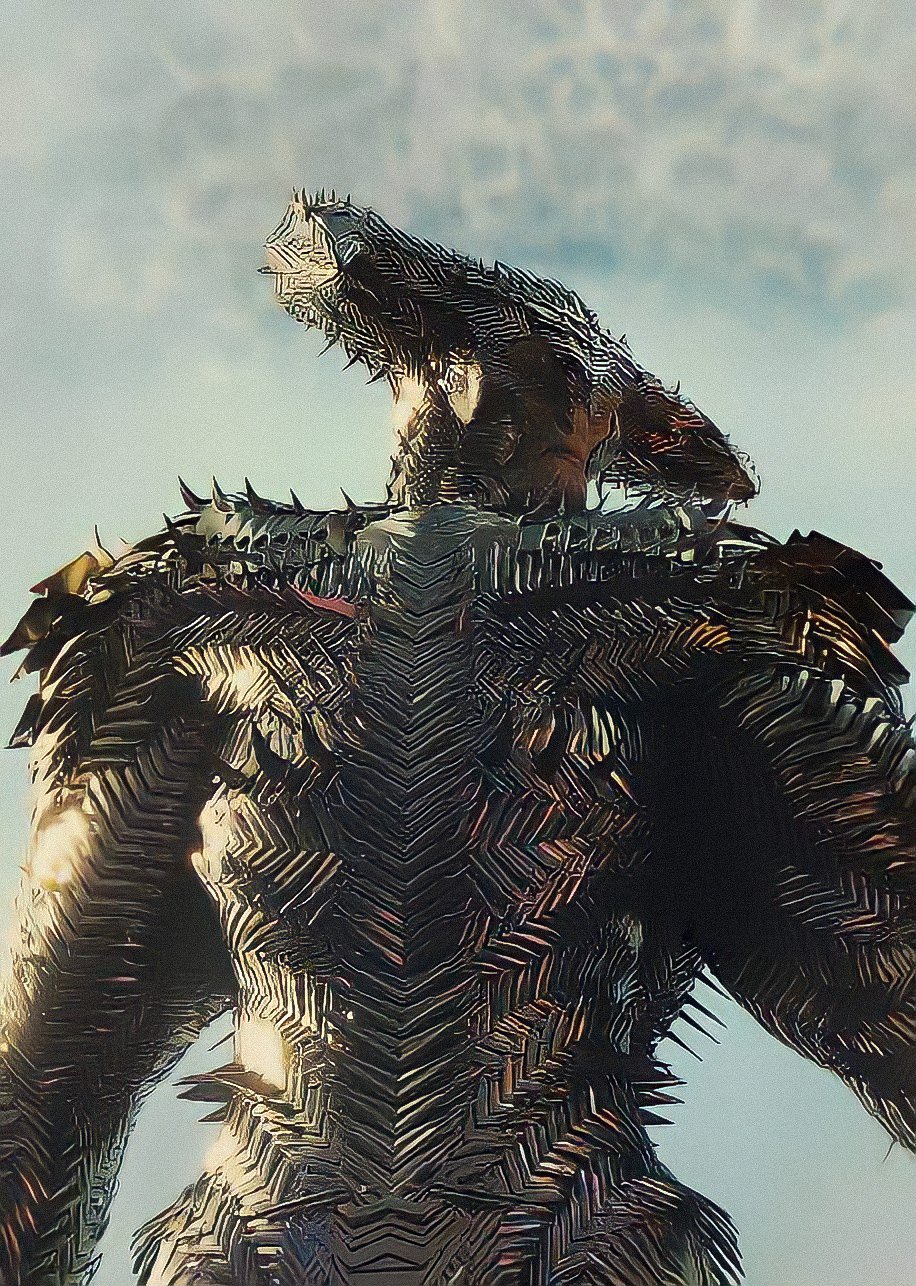
-
Zack Snyder's Justice League
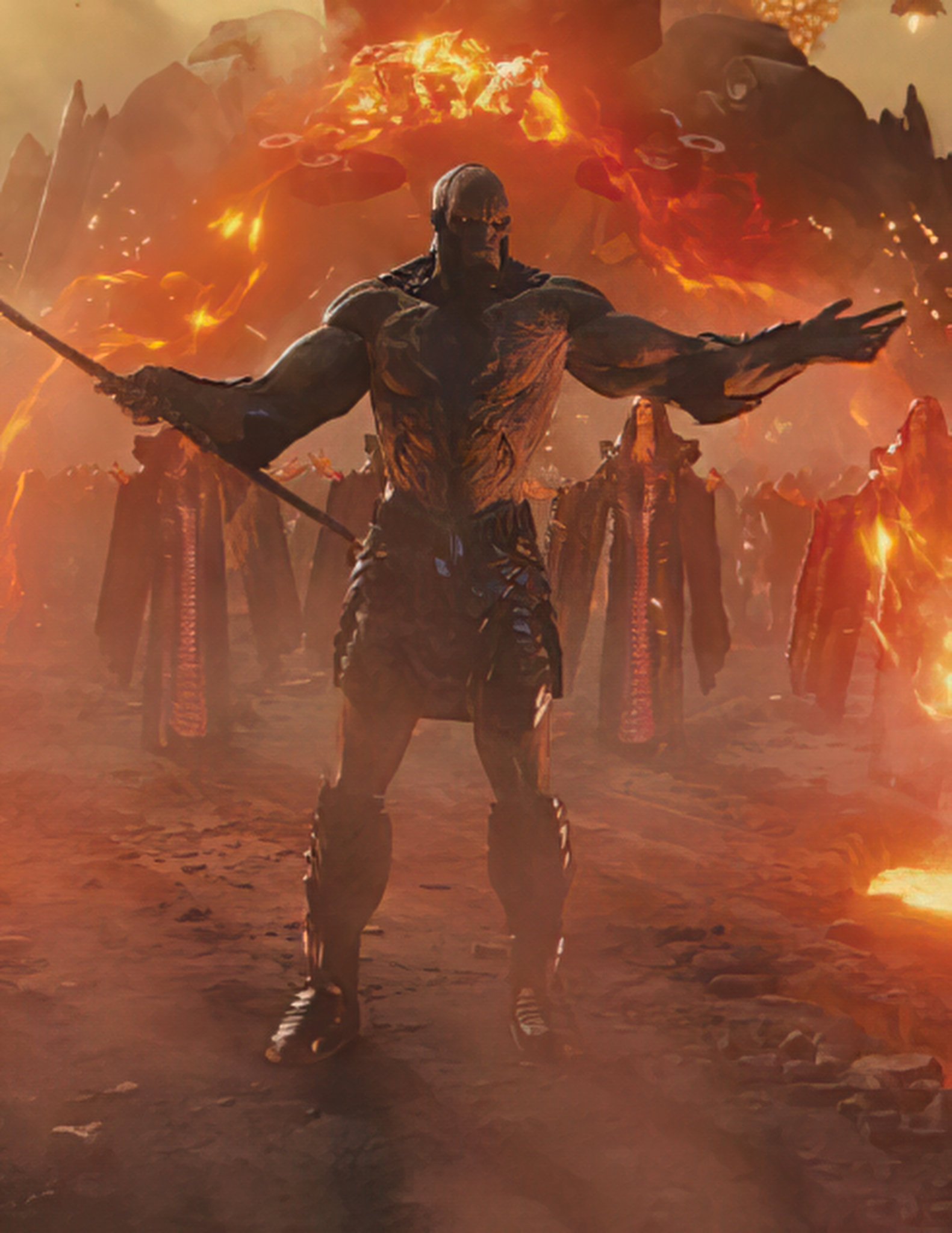
-
Zack Snyder's Justice League








